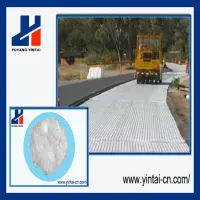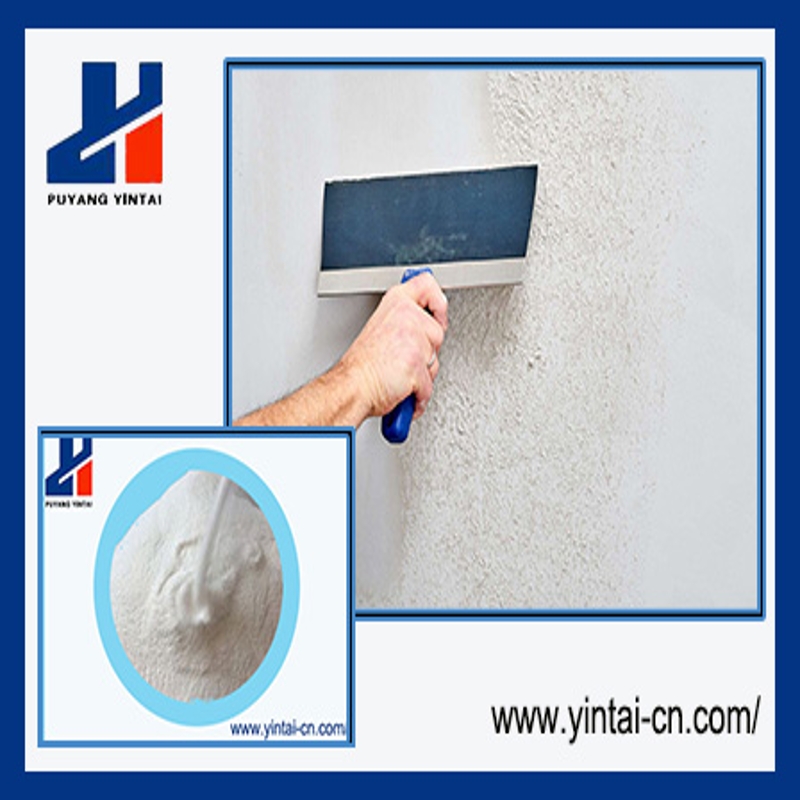-
Categories
-
Pharmaceutical Intermediates
-
Active Pharmaceutical Ingredients
-
Food Additives
- Industrial Coatings
- Agrochemicals
- Dyes and Pigments
- Surfactant
- Flavors and Fragrances
- Chemical Reagents
- Catalyst and Auxiliary
- Natural Products
- Inorganic Chemistry
-
Organic Chemistry
-
Biochemical Engineering
- Analytical Chemistry
- Cosmetic Ingredient
-
Pharmaceutical Intermediates
Promotion
ECHEMI Mall
Wholesale
Weekly Price
Exhibition
News
-
Trade Service
1.
Sampling personnel went to a 4 electrolytic aluminum plant in Guizhou to collect anode residue and residual electrode leaching solution, and tested the fluoride (excluding calcium fluoride ) in the leaching solution, and finally identified the hazardous waste properties of the anode residue of the 4 manufacturers
2.
The monitoring results of the electrolytic aluminum residue leachate are shown in Table 10-12
Table 10-12 Monitoring results of fluoride in anode residue leaching solution (unit: mg/L)
3.
The number of samples whose mass concentration of fluoride (excluding calcium fluoride ) in the anode residue leaching solution of company A exceeds the standard limit of "Identification Standard for Leaching Toxicity of Hazardous Wastes" is 5, the number of samples exceeding the standard for company B is 7, and the number of samples for company C is 7 There are 8 enterprises, 5 enterprises D, and 4 electrolytic aluminum plants anode residues are all fluorine-containing high-hazardous wastes
Identification of sludge properties of EPS companies
1.
Sampling personnel identify the corrosiveness (pH) of the sludge collected by an EPS production enterprise (see Table 10-13), the leaching toxicity of hazardous waste (inorganic elements) (see Table 10-14), and the preliminary screening of acute toxicity (see Table 10-13).
2.
Preliminary sample analysis showed that a very small amount of barium, arsenic, and selenium were detected in the sludge leachate, and the detected value was lower than the corresponding leaching toxicity identification standard value
Table 10-13 Corrosion identification test results
Table 10-14 Identification test results of leaching toxicity
Table 10-15 Acute toxicity test results
3.
According to the analysis of the identification results, the 8 biochemical sludge samples were corrosive (pH, corrosive rate), leaching toxicity (benzene, toluene , ethylbenzene , xylene , dibutyl phthalate , dioctyl phthalate) ), acute toxicity preliminary screening (LD 50 ) compared with the identification standards in the "Identification Standards for Hazardous Wastes", none of them have hazardous properties.







